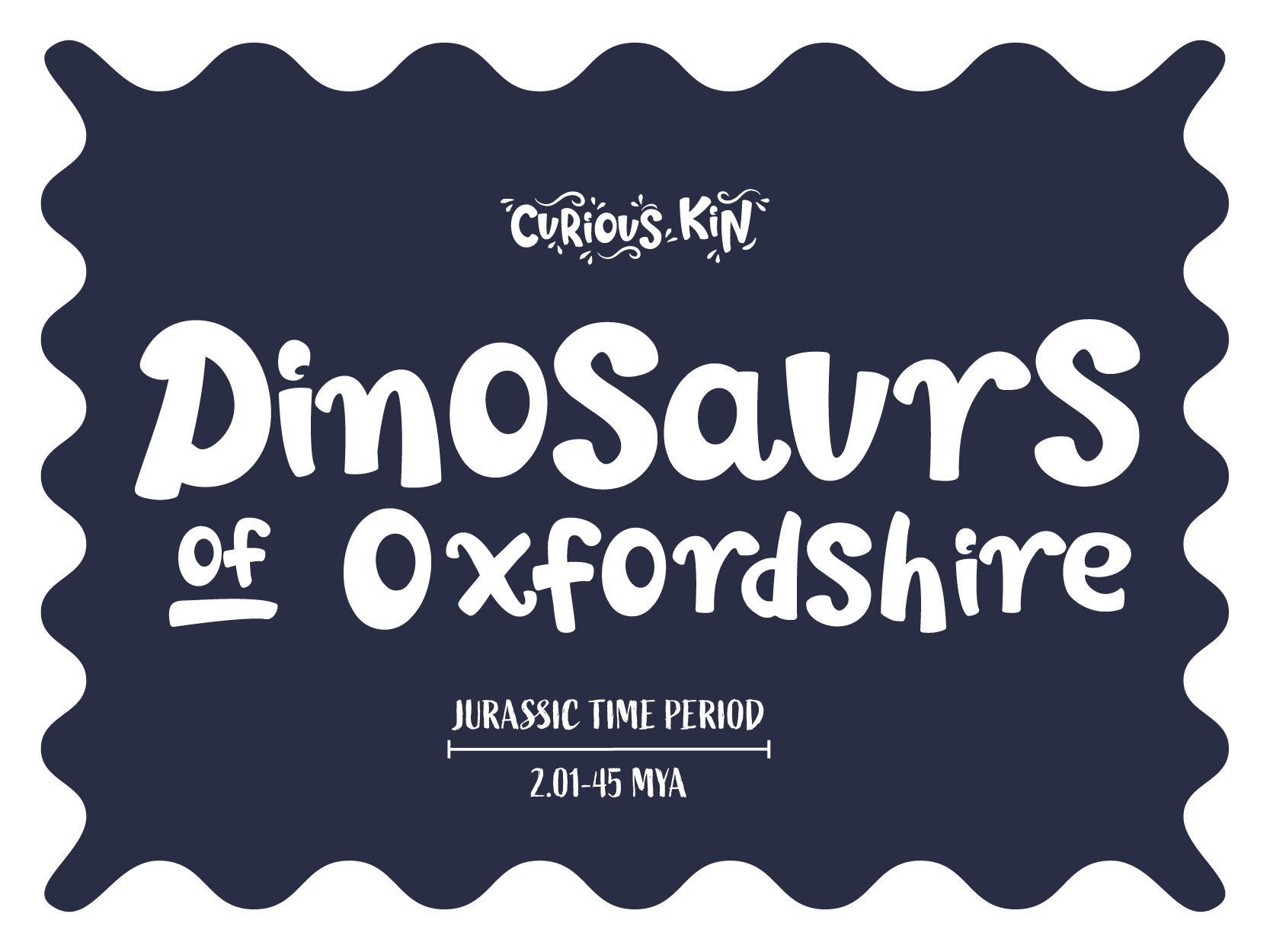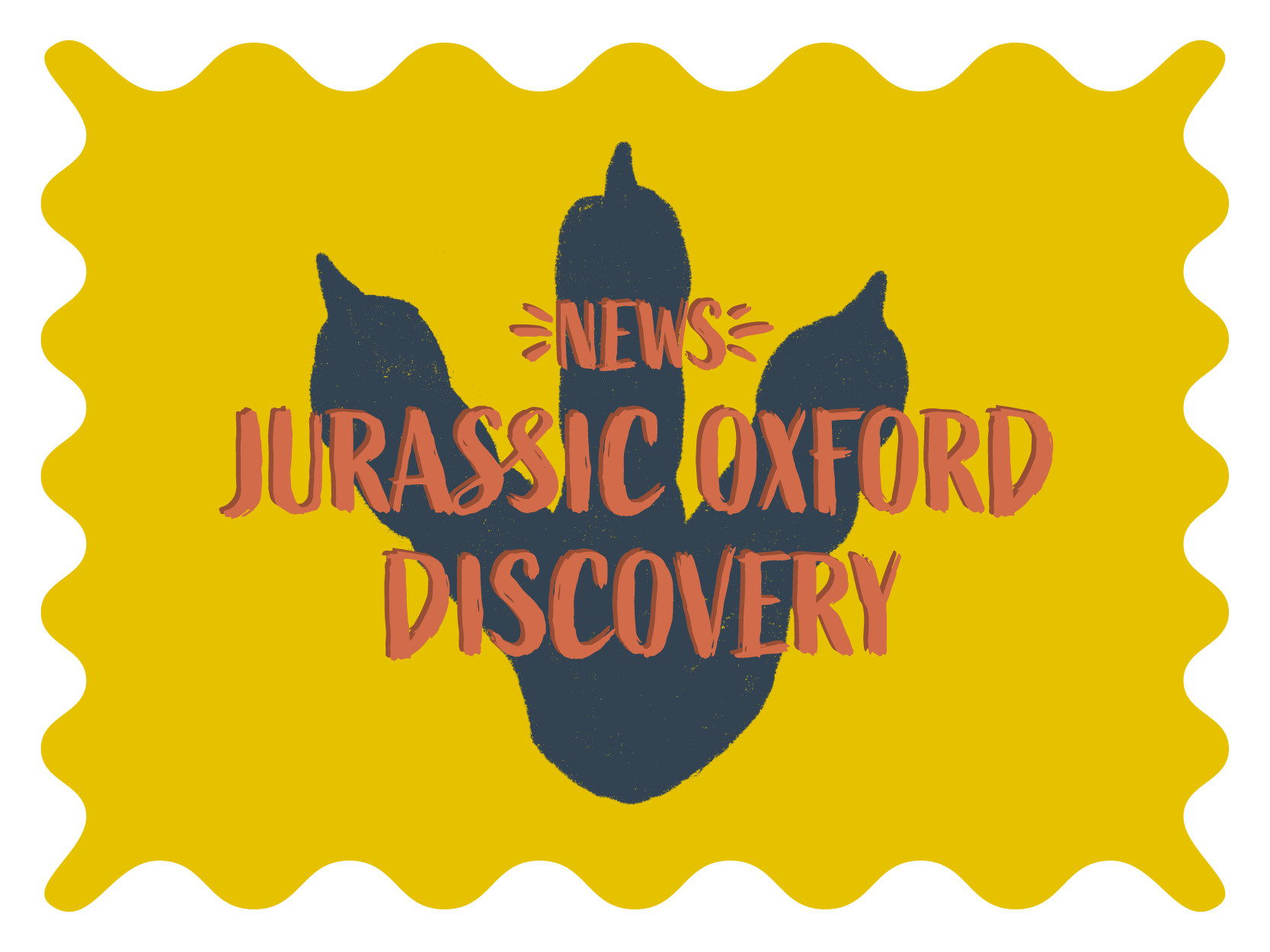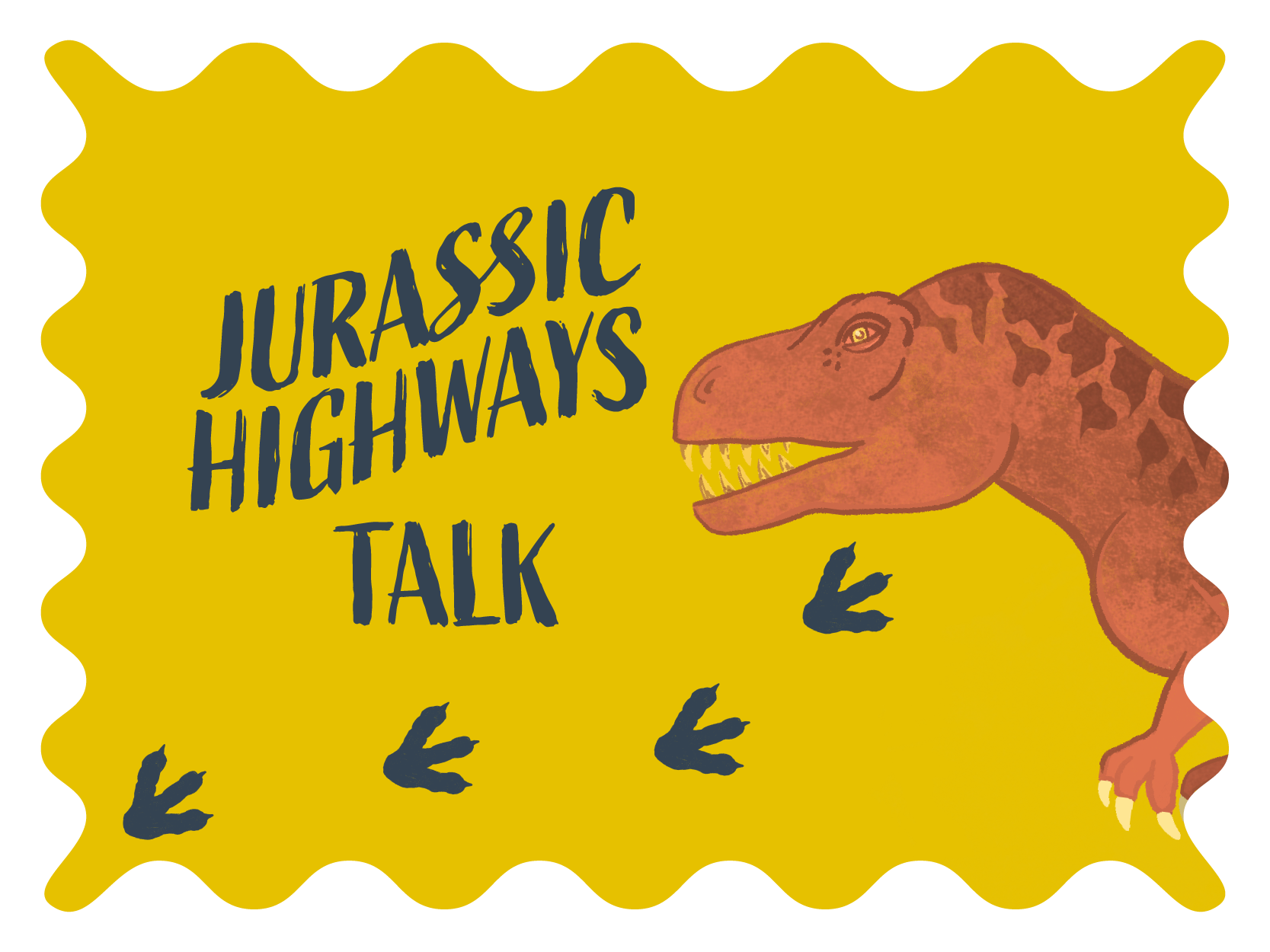It’s all over the news – dinosaur footprints have been discovered in North Oxfordshire, but before this discovery and the smaller trackway found in the 90s, dinosaur bones had been discovered. Oxfordshire is home to some incredible finds including some of the first dinosaurs ever known to science. So I thought I would introduce to some of the dinosaurs that have been found here in Oxfordshire and that can be seen at the Oxford University’s Natural History Museum in Oxford City. The dinosaurs I will be focusing were found in 3 locations, a quarry in Stonesfield, a brick pit in Cumnor Hirst and a brick pit in Summertown just down the road from the museum I just mentioned.
The 5 dinosaurs I will introduce you to include:
- Camptosaurus
- Cetiosaurus
- Cumnoria
- Eustreptospondylus
- Megalosaurus
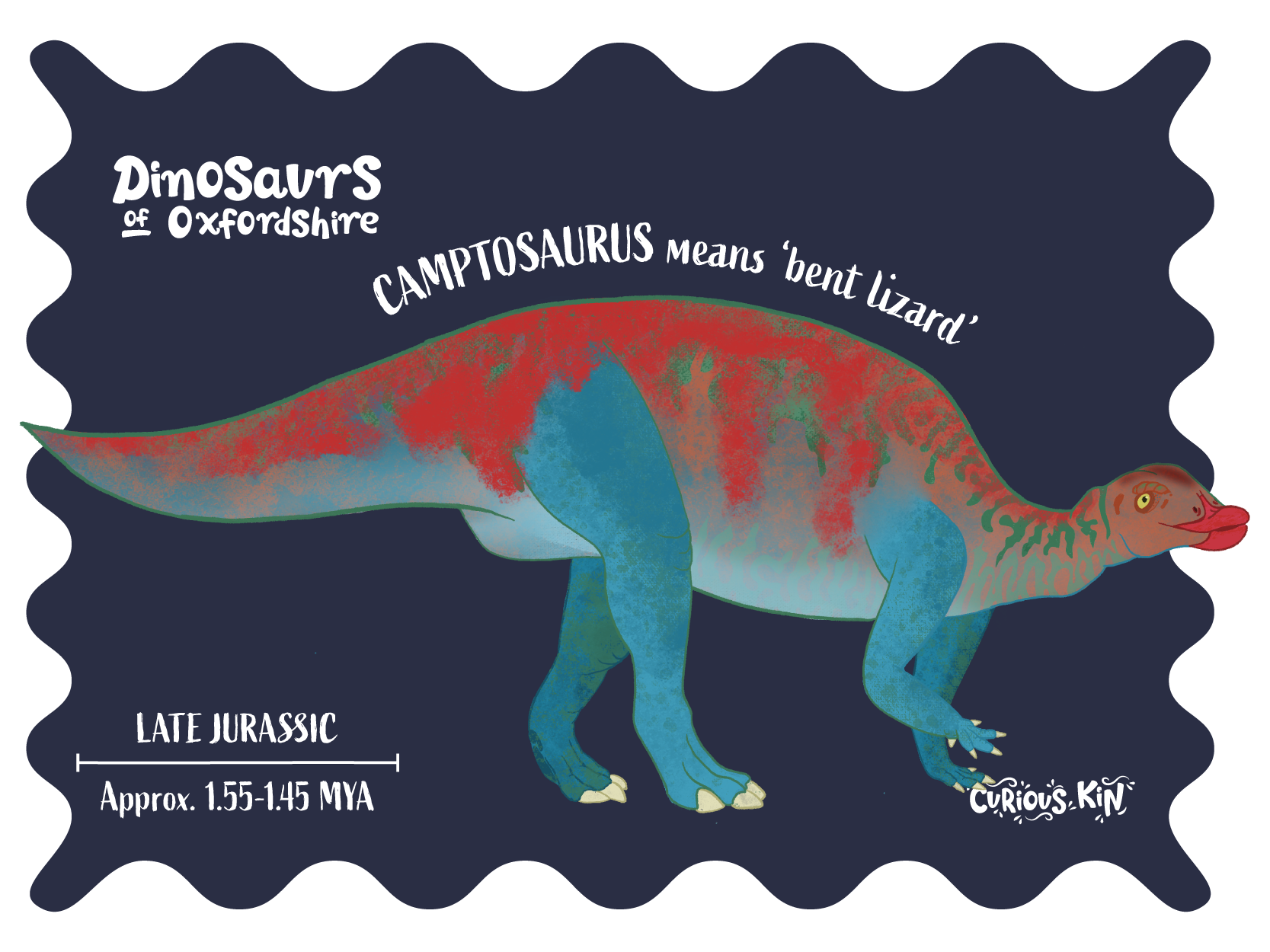
Camptosaurus means ‘bent lizard’
Other translations include ‘flexible lizard’, and it was because of the incomplete fusion between the neck vertebrae and skull.
How to say their name:

The skeleton of Camptosaurus was discovered in 1879 by workmen at a brickpit in Cumnor Hirst.
This herbivorous dinosaur is thought to show the link between earlier iguanadonts and later duck billed ornithopods. They grew up to 5 meters long and ate dense vegetation.
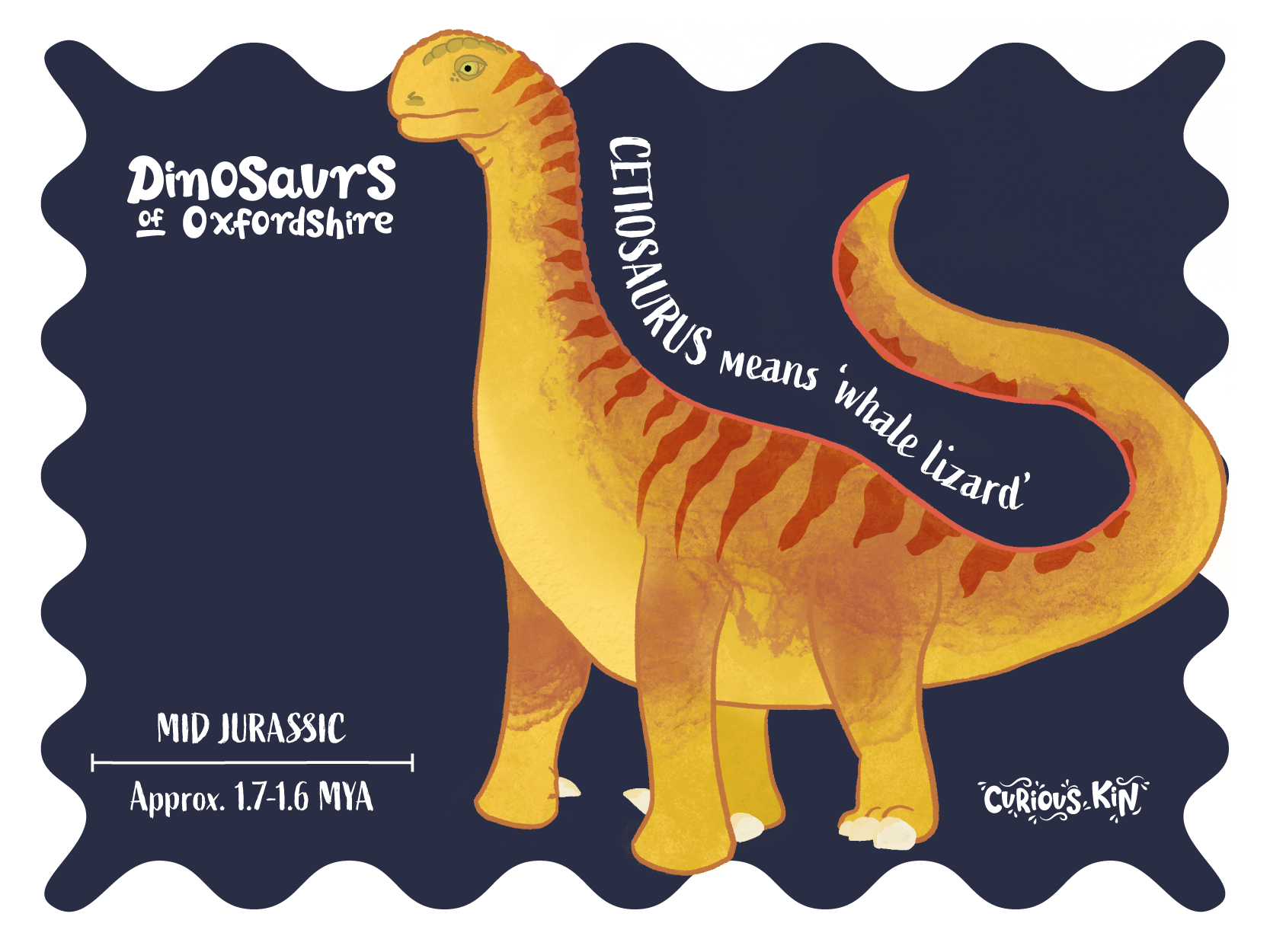
Cetiosaurus means ‘whale lizard’
Cetiosaurus was the first sauropod known to science.
Cetiosaurus got their name because palaeontologists originally believed that its bones belonged to a marine animal or reptile, either a whale or crocodile. This assumption was made because the vertebrae they found looked similar to those of whales.
However, it is now believed that they lived on land and grazed on low vegetation.
How to say their name:

FACT CORRECTION:
I need to correct my earlier statement about Cetiosaurus being discovered in 1815 at Stonesfield quarry. The majority of Cetiosaurus fossils displayed at the Natural History Museum come from discoveries made in the 1860s. These specimens were found by Mr. Chapman, a watchmaker, at Enslow Bridge near Kidlington, Oxfordshire.
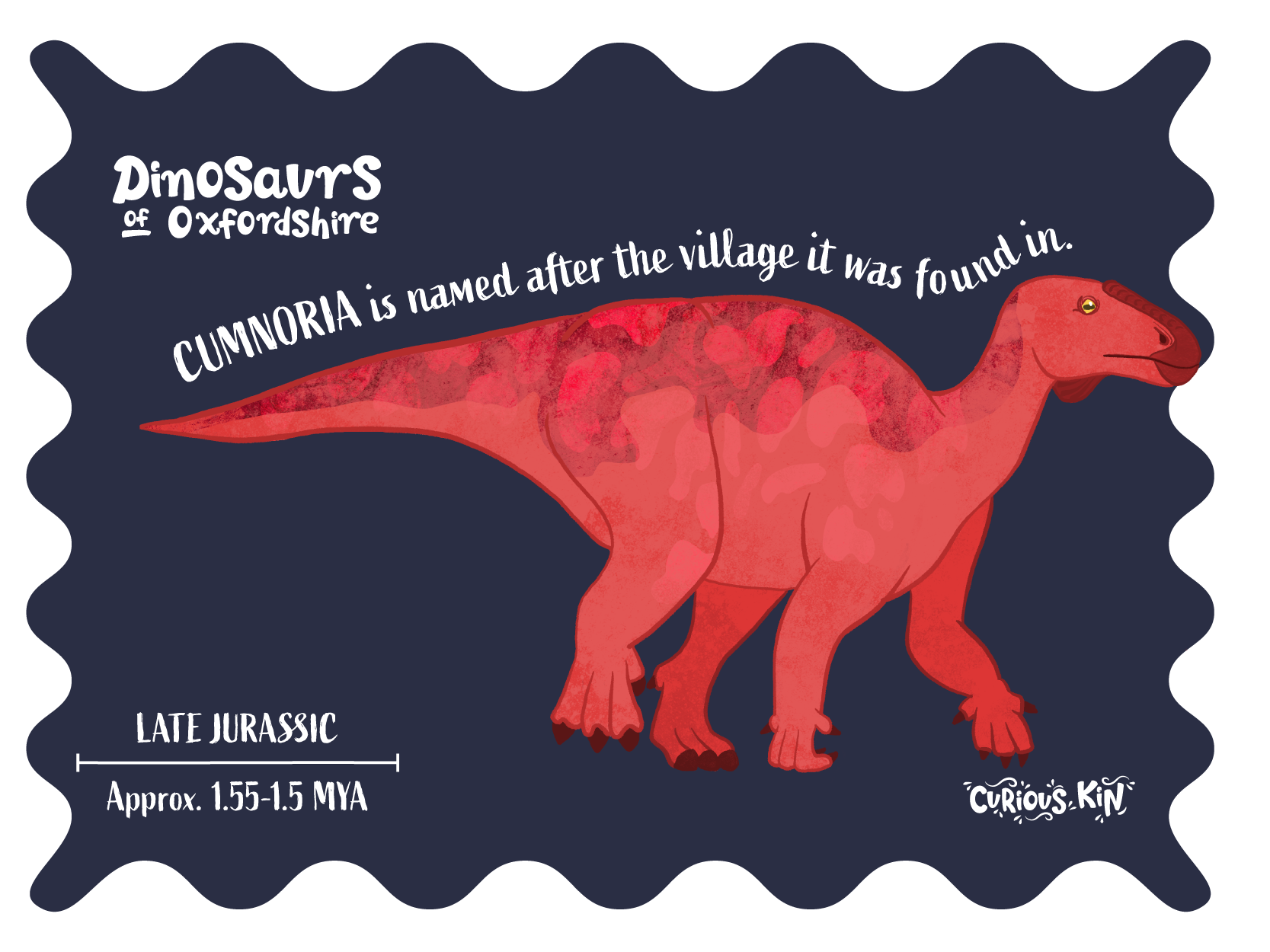
Cumnoria was named Cumnor Hirst, the village it was found in.
How to say their name:

Only one fossil specimen has ever been discovered of Cumnoria, a type of iguanadont dinosaur that lived during the late jurassic period approximately 1.55-1.5 million years ago. It was discovered by workmen in the 1820s at a brickpit in Cumnor Hirst.
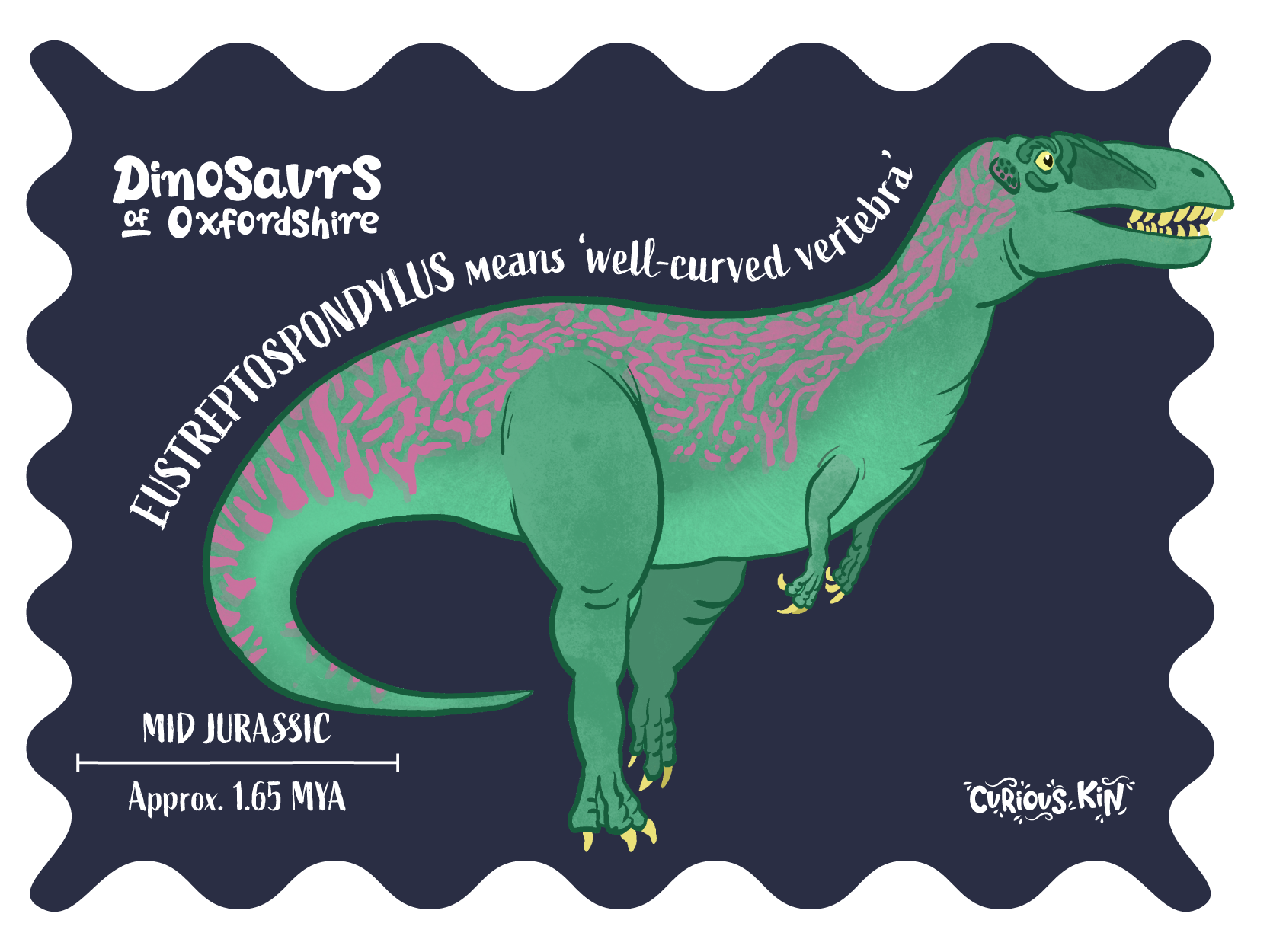
Eustreptospondylus means ‘well-curved vertebra’.
Eustreptospondylus was found in 1871 by workmen at a brick pit in Summertown just down the road from the Natural History museum in Oxford. The skull specimen is one of the most intact eustreptospondylus specimens in all of Europe.
How to say their name:

Eustreptospondylus was a carnivorous bi-pedal dinosaur with a large head, sharp teeth and small forearms.
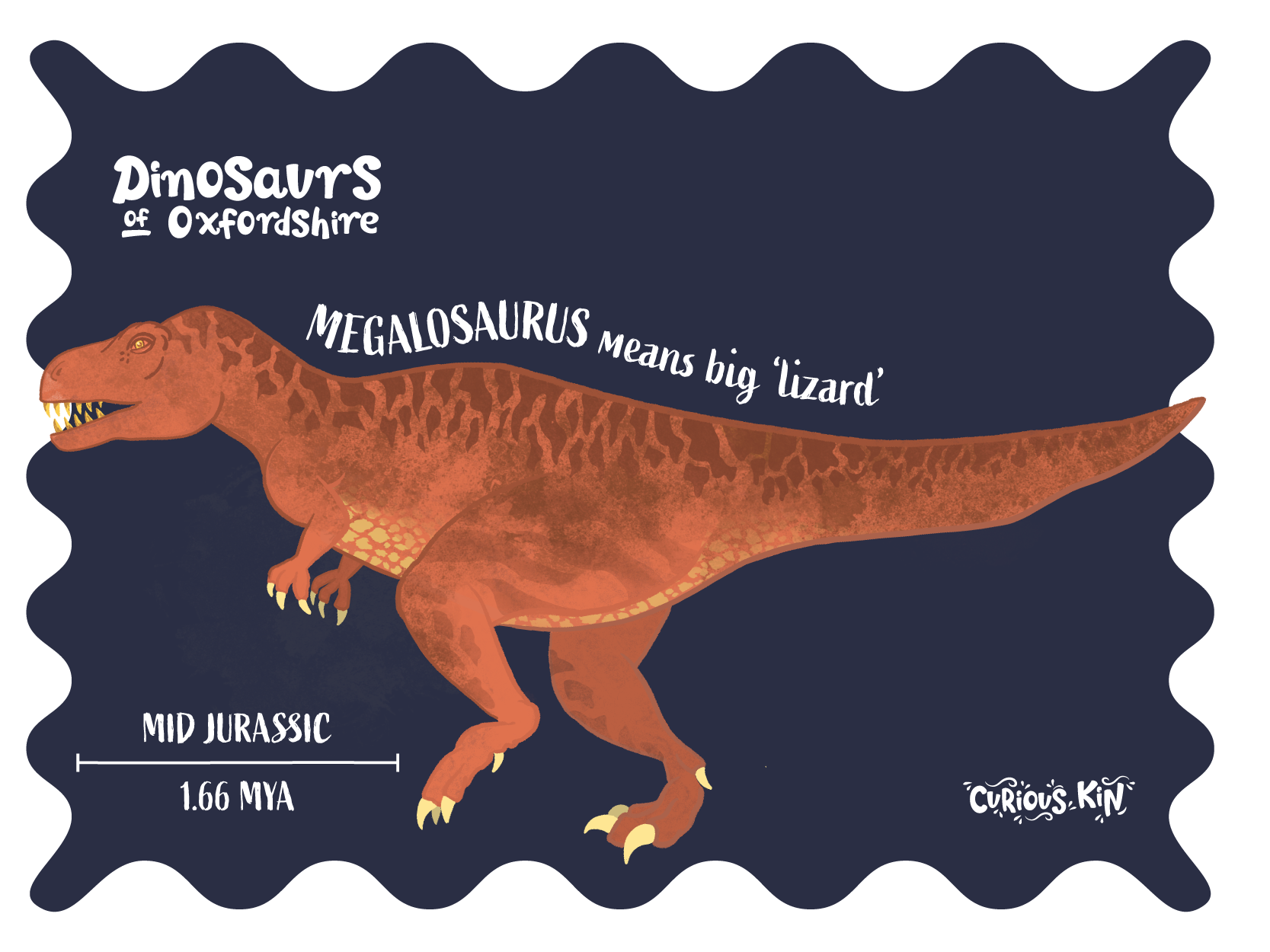
Megalosaurus means ‘big lizard’
Megalosaurus was the first dinosaur to ever be described and named. Remains including a piece of jaw were found in a quarry in Stonesfield. The first published account of these findings was by William Buckland in 1824.
Megalosaurus was the largest carnosaur in Jurassic Britain. It lived during the middle of the jurassic period 1.66 millon years ago. They have just discovered trackways of this dinosaur at dewars farm quarry in North Oxfordshire. Read more here.
How to say their name:

Want to know more about Megalosaurus? Check out this page on the OUNHM website.

